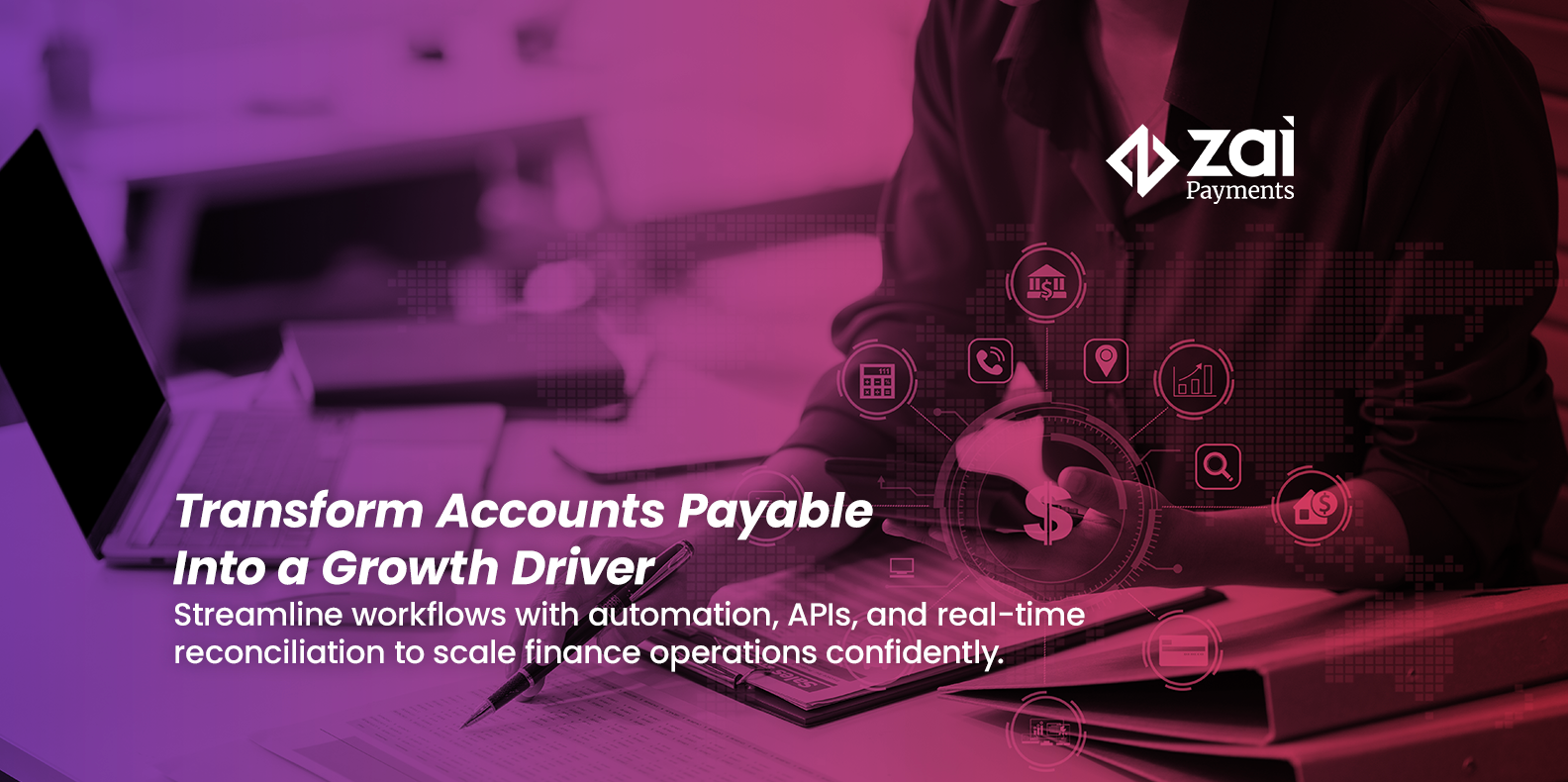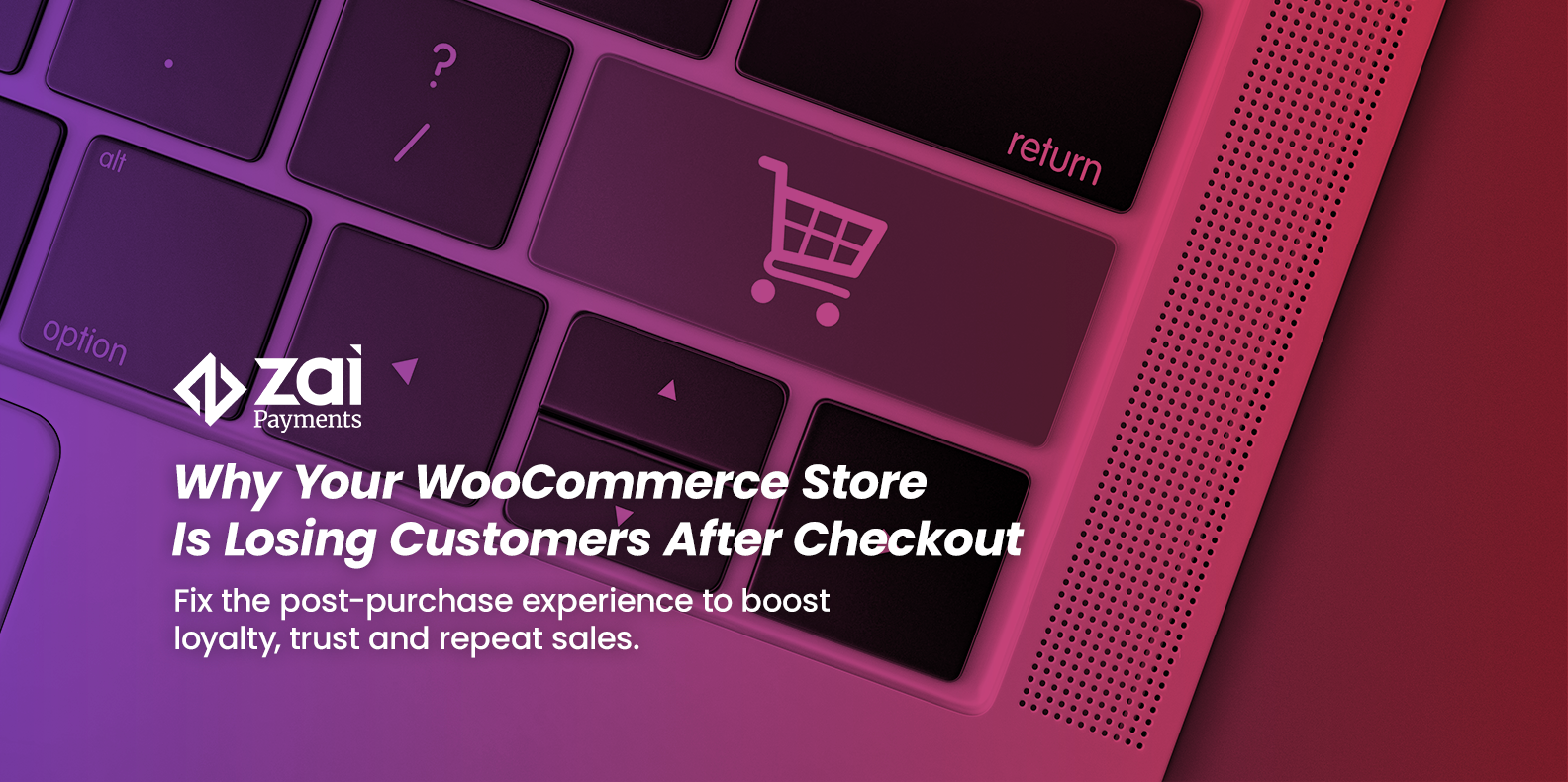A cursory scan of news headlines in the UK will lead you to one conclusion: inflation is biting hard. Currently sitting around 10%, experts are predicting that inflation will rise to 13% as early as October 2022.
High inflation typically spells bad news for remittance and FX providers. There are many reasons for this. At the most basic level, higher cost-of-living expenses mean less surplus cash for migrant workers to send home. Migrant workers are also often employed in cyclical industries (such as agriculture and construction). When there is a downturn in the global economy, these workers are more likely to lose their jobs and have to return home.
Similarly, rising inflation typically indicates a slowing economy, which can put off foreign investment, thereby decreasing the value of the local currency.
However, the factors that are driving the UK’s inflationary issues – the war in Ukraine, high energy prices, rising food and fuel costs – are being felt across the globe. In the US, for example, inflation reached 9.1% in June 2022, the highest it's been in 40 years. In the eurozone, leaders are planning the first interest rate rise in 11 years to counter rising inflation.
Conversely, the same economic pressures are leading to food insecurity and rising poverty in low-and-middle-income countries (LMICs), which increases the demand for remittances. In other words, while typically you'd expect high inflation to lead to a reduction in remittances, the current state of the global economy indicates this won't be the case.
In fact, the World Bank has predicted that remittance flows to LMICs will grow by 4.2% to reach $630bn in 2022. This is on the back of an 8.6% growth in remittances in 2021, when transfers took on greater importance to LMICs because of the fall in foreign direct investment. (In 2020, remittances surpassed the combined equivalent value of foreign direct investment and overseas development assistance of $438bn.)
KNOMAD, the Global Knowledge Partnership on Migration and Development, adds that while remittances will continue to trend upwards, there are also expected to be significant regional differences, depending on the source country.
What does this mean for UK remitters?
Before the outbreak of Covid-19, India, Nigeria and France were the top three countries that received the most GBP from remittances. Another way to identify which countries are most reliant on remittances from the UK is to look at transfers as a percentage of total inflows. In Kenya, remittances from the UK represented 27% of all remittances received in 2018. In Lithuania, this figure was as high as 32% pre-pandemic.
KNOMAD says it expects to see significant growth in remittances to sub-Saharan Africa (7.1%), the Middle East and North Africa (6%), and South Asia (4.4%) over the coming 12 months, indicating that remittances originating from the UK will continue despite inflationary pressures.
Looking at remittances from the source, a 2020 survey by YouGov revealed that 12% of Britons send money overseas, and a fifth of those do so at least once a month. Just over half of remittance payments sent from the UK are less than £500, and the most popular payment methods are PayPal (27% of payers) and bank transfer (26%).
How businesses can remain competitive
While demand for remittance services looks likely to remain steady over the coming year, there are still plenty of ways for remittance and FX providers to differentiate themselves.
Offering digital services – online and/or mobile transactions – will be key to remaining relevant in the increasingly digitally-dependent consumer market. Although 97% of inflows are currently paid in cash and transmitted via traditional financial institutions, the Oxford Business Group (OBG) says there's been a noticeable increase in fund transfers using alternative methods. According to OBG, lockdowns and border closures led to a 48% increase in mobile phone payments in 2021.
Payment APIs can help automate the transaction process, meaning less time and resources are needed to maintain services. They also allow businesses to offer a broader range of payment methods, increasing convenience for customers.
Another way that fintechs can help to reduce costs for remittance and FX businesses is in the area of compliance. Remitters and currency exchanges are often targets for money-laundering and fraud, which in turn can make these businesses more susceptible to derisking or de-banking from their own finance providers. But a built-in, robust compliance system that can be easily adjusted to meet changing regulations provides confidence to banking partners (and consumers) that security is a priority for your organisation. The right paytech partner can ensure payment data is encrypted and securely stored for future use. Customers only need to authenticate once, enabling greater speed and efficiency and encouraging repeat transactions.
Data is also an important commodity for remittance and FX businesses, as it can be utilised to offer a more personalised, value-add service for customers. Embedded finance offers, such as loans or overdrafts, can be targeted at certain customer segments, and loyalty offers can be used to retain customers over the long-term. Further, by analysing the frequency of transactions, size of transfer, time of day, etc, processing efficiencies can be identified and changes implemented, reducing payment friction points.
The message to those operating in the remittance and FX market is clear – demand for overseas transfers will continue to grow despite rising inflation. However, with more pressure on hip pockets, customers will be looking for providers who can offer superior service at a low price.
For more information on how Zai can help remittance businesses succeed in a competitive environment, get in touch. Download the guide below on how payment technologies are helping all types of remittance companies become better at what they do.
.png?width=1065&height=534&name=Inflation%20in%20the%20UK%20and%20the%20impact%20on%20remittance%20and%20FX%20providers%20(1).png)

.png?width=211&name=cover%20(14).png)


